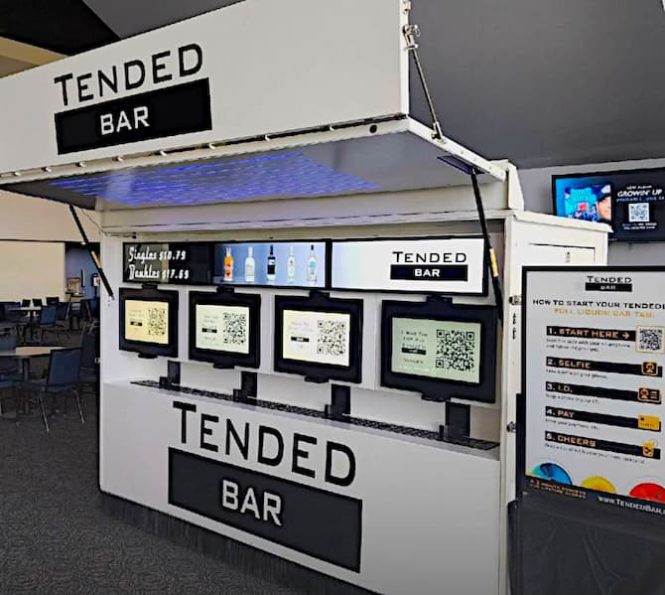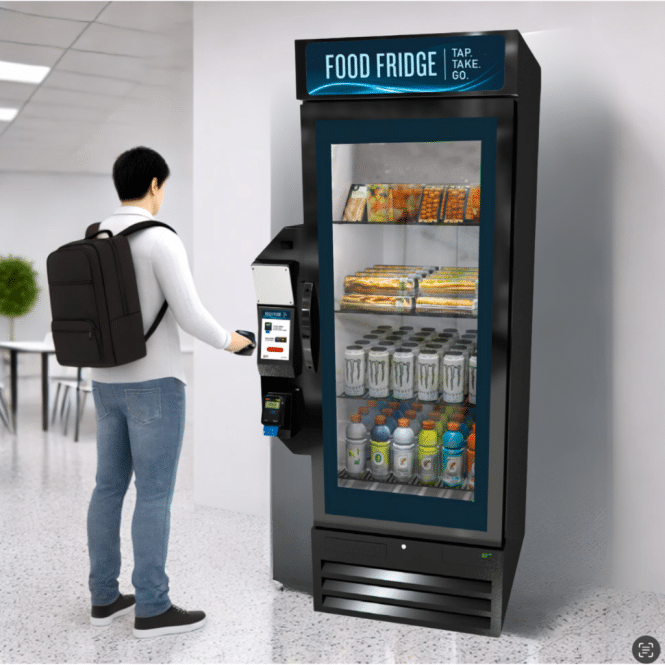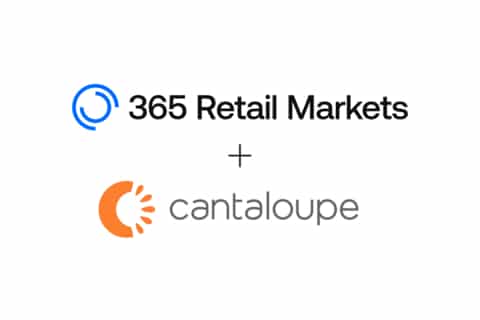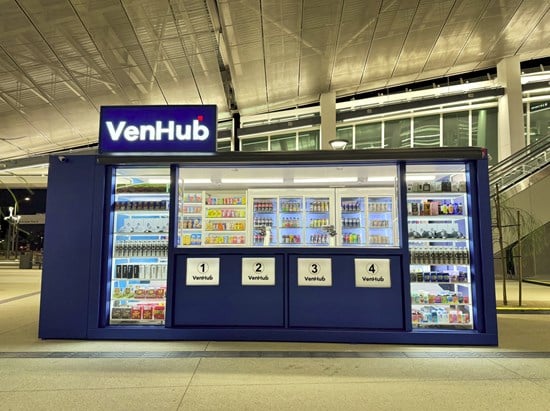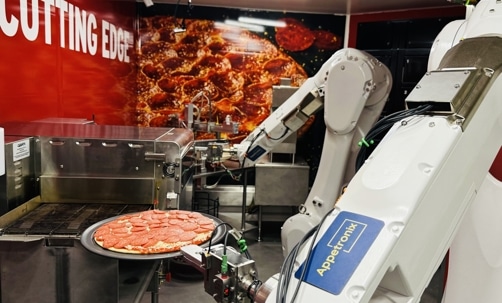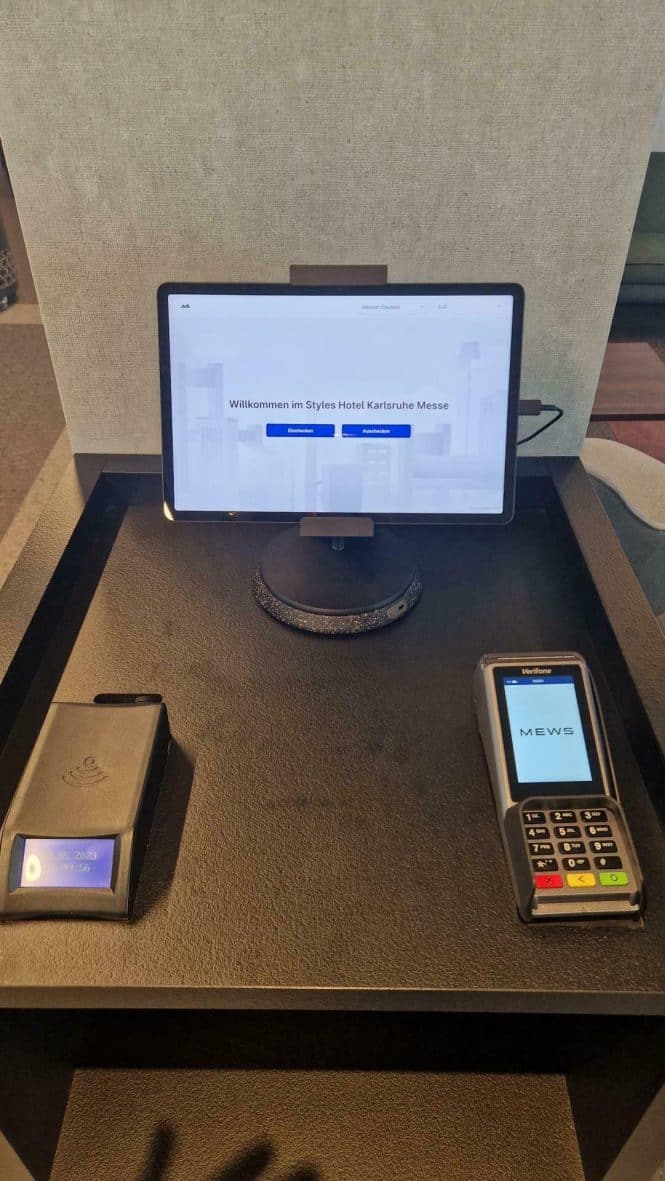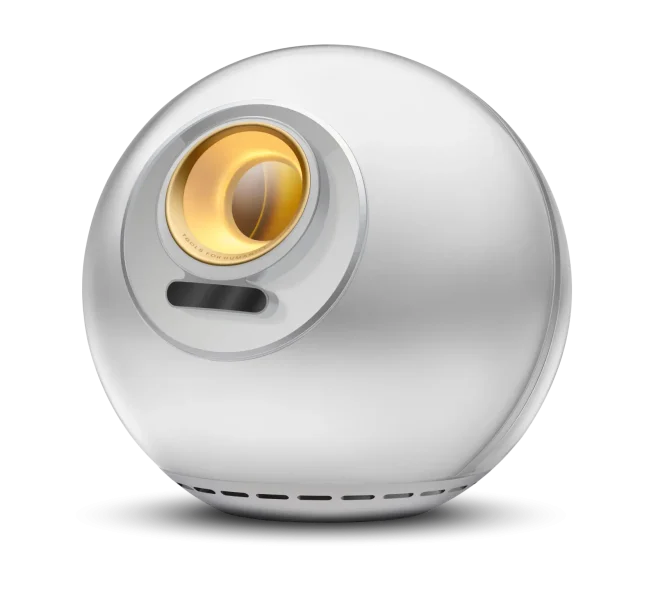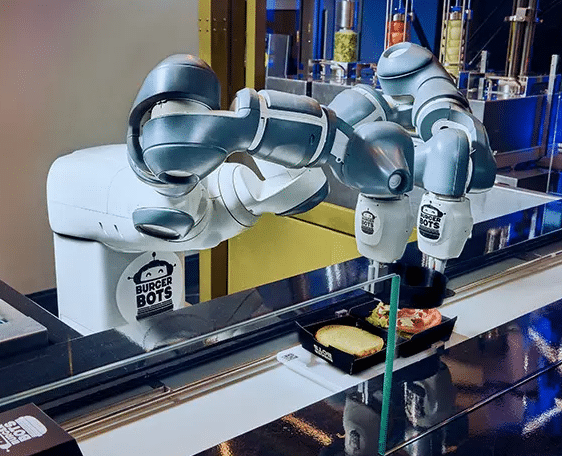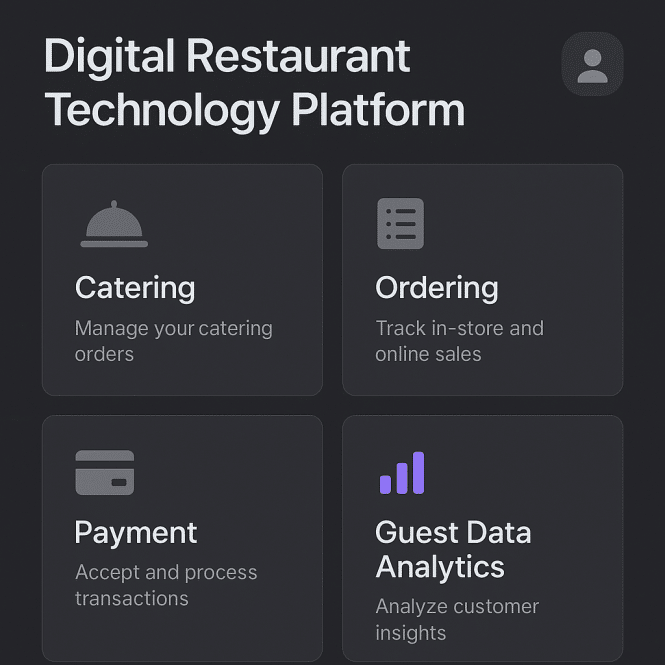Deloitte Report on AI in Restaurants 2025
AI and Restaurants Buzz Research Report Deloitte’s “How AI is Revolutionizing Restaurants” The AI and Restaurants Buzz Research Report by Deloitte isn’t just another “AI is coming” puff piece. Instead, it delivers a data-rich, boots-on-the-ground look at how AI is actually being used in restaurants today and where it’s headed next1. That’s the AI take. Selling it. And you,… Read More »

